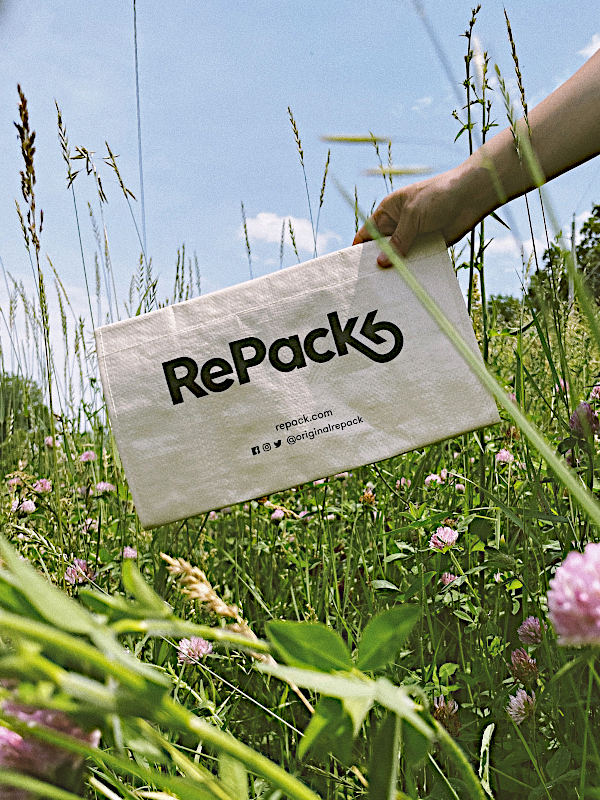Plant Parenthood

When I was a child, visiting my grandma’s house meant tending to plants. There was always a variety of indoor plants at different stages of development. I watched seeds sprout in the incubator. I watered the ferns. I helped plant succulents into coffee cups.
I always had a tumultuous relationship with granny’s plants; however, as I’ve gotten older, I have grown fond of houseplants. I like the idea of bringing nature indoors. I can build myself a tropical paradise! Still, I could never be called a good plant parent. For this reason, I have two important rules for buying house plants.


First, they have to be resilient. When I first perused the internet for information on house plants, I decided to be honest with myself and typed “house plants that are impossible to kill.” This technique--ingenious--has stuck with me. I don’t like to dedicate a large portion of time to my plants, so the more self-reliant they are, the better.


Pro Tip: This might be is absolutely crazy, but I have named all of my plants. Now that I can greet them by name, I am far more likely to water them on time.

Second, they must be pet friendly. I have two felines who enjoy nibbling on greens, so my plants need to be safe for cats.

I once had an elaborate terrarium that I made using a glass fishbowl. One day as I was walking passed the terrarium, I noticed Luna--my cat--had maneuvered all but her tail into the bowl and was lying atop a wasteland of the uprooted succulents and clay figurines. My aloe plant--great for treating minor burns along with other medical issues--also met a terrible fate. One day I came home to find that my cats had amputated all of the its stems.
The point of those stories was not to show you that my cats are monsters (they are), but rather to show that these experiences taught me that I need to have sturdy, non-toxic plants because animals can get really creative when you’re away.

If you don’t have any plants, jump on the bandwagon! Below are the top five benefits of houseplants:
Benefits of Houseplants
- They assist breathing - During photosynthesis, plants absorb carbon dioxide and release oxygen. This opposite pattern of gas use makes plants and people natural partners. Adding plants to interior spaces can increase oxygen levels.
- They prevent illness - Plants release moisture through their leaves, which increases the humidity of the air around them. When you place plants closely together, it creates an ecosystem that can increase the humidity of a room. Using plants in interior spaces can decrease instances of dry skin, colds, sore throats and dry coughs.
- They clean the air - Plants can play a pivotal role in improving air quality. Both the roots and leaves of plants have been shown to remove toxic vapors. Low levels of chemicals such as carbon monoxide and formaldehyde can be removed from indoor environments by plant leaves alone. Mother-In-Law’s tongue is one of the best plants for purifying the air.
- They are healers - Researchers at Kansas State University found that adding plants to hospital rooms improved recovery rates. Patients who physically interact with plants experience reduced recovery times as well, according to a study at Texas A&M.
- They help you focus - Studies show that being around plants improves productivity, concentration and memory.
 Happy Parenting
Happy Parenting
Tara
Tara Maurer is a super cool babe that lives in Des Moines, Iowa. You can see more of her work on instagram @taramaurer and on her site at taramaurer.com.




